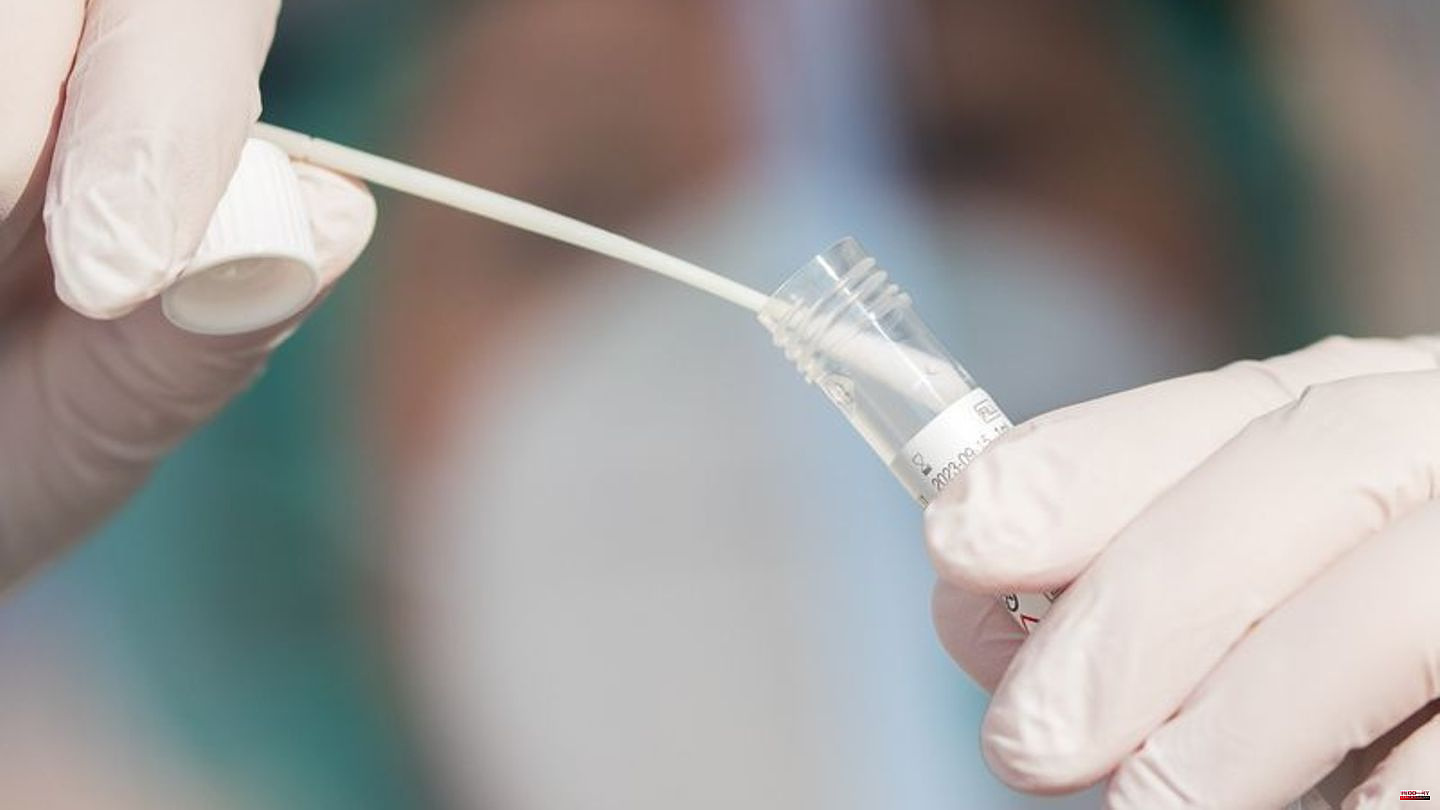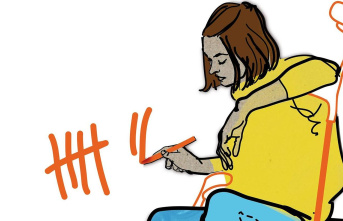The still relatively new omicron sublines BQ.1 and BQ.1.1 are being detected more and more frequently in Germany, but the level is still quite low. The proportion of BQ.1.1 was more than four percent in a sample from the week before last, according to the Corona Weekly Report of the Robert Koch Institute (RKI).
"BQ.1.1 is also one of the most frequently detected sublines in other countries, although no increase in the disease burden has been observed with the spread of BQ.1.1," write the authors. The proportion of BQ.1 in the evaluation was therefore about the same: at almost four percent.
BQ.1 and BQ.1.1 are descendants of BA.5 - the omicron variant, which has been responsible for the majority of infections in this country for months. According to models from the European disease control agency ECDC, both should prevail in the coming weeks. If one takes into account the delay in the RKI data, it can be assumed that the proportions are currently higher. According to initial findings, these pathogens are better able to evade the immune response of vaccinated and/or recovered people than their predecessors. So far, however, according to experts, there are no signs that the nickname of BQ.1.1 used in social media - "Hellhound" - is program.
High infection pressure in autumn
"The number of severe cases continues to decrease," the RKI notes in addition to the development of the past week. The seven-day incidence fell in all federal states. However, it cannot be ruled out that the number of cases will increase again. The report largely refers to the past week, when most of the federal states had a public holiday on Monday or Tuesday. Partly there were also autumn holidays. According to the RKI, these influence the number of contacts of people, but also the test behavior.
The report also uses some data that is independent of laboratory tests - recently, for example, on the viral load in wastewater. According to the report, there was an upward trend in 3 out of 12 locations in the past week: in Potsdam, Bad Reichenhall and Hamburg (South). The trend for the others continues to fall.
As in the previous weeks, there are now warnings of high infection pressure in autumn - not only with regard to Covid-19, but also because of other respiratory diseases. The flu and RSV waves have already started. RSV stands for Respiratory Syncytial Virus. According to the RKI, the further course and the protection of risk groups depend "very significantly" on the use of vaccinations against Covid-19 and flu (according to the recommendations of the Standing Vaccination Commission), behavior and mutual consideration.












